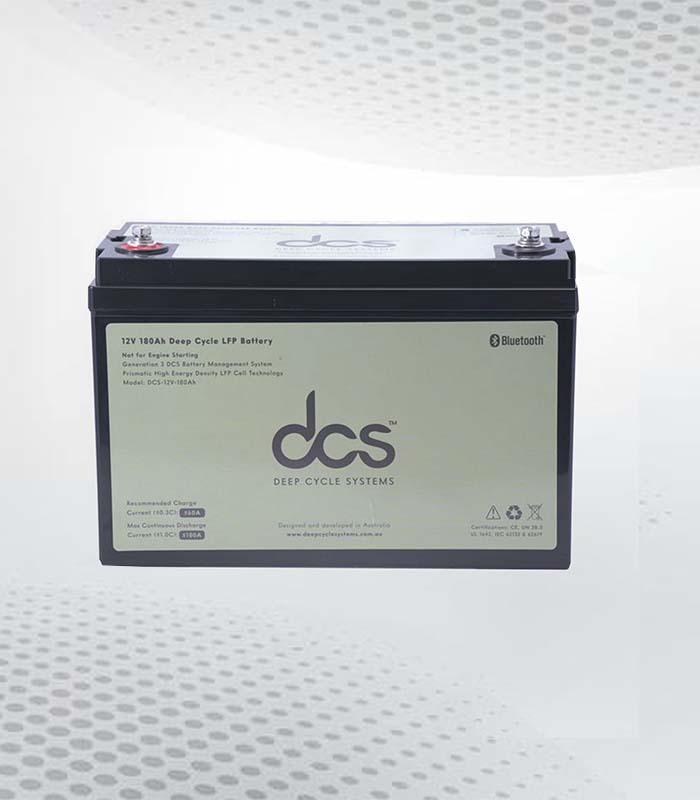Ferric sulfate, a versatile chemical compound, is widely used in water and wastewater treatment, as well as in various industrial applications. Its price trends are significant for industries relying on it for coagulation, flocculation, and other chemical processes. This article provides a comprehensive analysis the price trend of ferric sulfate, examining the factors influencing these trends, regional price variations, and future market forecasts.
Market Overview
Ferric sulfate, with the chemical formula Fe2(SO4)3, is typically produced through the reaction of sulfuric acid with iron. It is available in both solid and liquid forms, depending on its application. The global market for ferric sulfate is influenced by several factors, including raw material prices, production capacities, demand from various sectors, and environmental regulations.
Enquire For Regular Prices: https://www.procurementresource.com/resource-center/ferric-sulfate-price-trends/pricerequest
Current Ferric Sulfate Price Trends
As of 2024, the price of ferric sulfate has experienced fluctuations due to various market dynamics. The average global price of ferric sulfate ranges between $250 and $450 per metric ton. Several key factors contribute to these price trends:
- Raw Material Costs: The primary raw materials for producing ferric sulfate are iron and sulfuric acid. Fluctuations in the prices of these materials, driven by factors such as mining activity and industrial demand, directly impact the cost of ferric sulfate production.
- Supply and Demand Dynamics: The balance between supply and demand plays a crucial role in determining ferric sulfate prices. High demand from water treatment facilities and industrial applications can drive prices up, while an oversupply can lead to price reductions.
- Production Capacities: The global production capacity for ferric sulfate affects its market price. Expansions in production facilities or the establishment of new plants can lead to a surplus in supply, thereby reducing prices. Conversely, production disruptions can lead to shortages and price hikes.
- Regulatory Environment: Regulatory changes related to environmental and safety standards can impact the production process and cost structure of ferric sulfate. Stricter regulations may necessitate investments in cleaner technologies, thereby increasing production costs and influencing market prices.
- Global Trade Policies: Trade policies, including tariffs and import/export restrictions, can significantly affect the price of ferric sulfate. Changes in trade agreements or geopolitical tensions can disrupt supply chains, leading to price volatility.
Regional Price Variations
The price of ferric sulfate varies across different regions due to local production capacities, demand levels, and regulatory environments. Here is a regional analysis of ferric sulfate prices:
- North America: The North American market, particularly the United States, has a well-established production capacity for ferric sulfate. Prices in this region are relatively stable, ranging from $280 to $420 per metric ton. The demand from water treatment plants and industrial facilities is a major driver of the market.
- Europe: In Europe, the price of ferric sulfate varies between $260 and $400 per metric ton. The region’s stringent regulatory environment and high demand from the wastewater treatment and paper industries contribute to these prices.
- Asia-Pacific: The Asia-Pacific region, led by China and India, is a significant market for ferric sulfate. Prices in this region range from $250 to $380 per metric ton. The growing industrialization and increasing demand for water treatment solutions drive the market.
- Latin America: In Latin America, the price of ferric sulfate is relatively lower, ranging from $250 to $370 per metric ton. The region’s growing manufacturing sector and increasing demand for water treatment chemicals are key factors influencing prices.
- Middle East and Africa: Prices in the Middle East and Africa vary between $270 and $400 per metric ton. The region’s developing industrial sector and increasing demand for water treatment solutions contribute to the market dynamics.
Factors Influencing Ferric Sulfate Prices
Several factors play a crucial role in determining the prices of ferric sulfate:
- Raw Material Availability: The availability and price of key raw materials, such as iron and sulfuric acid, significantly affect the production cost and price of ferric sulfate. Disruptions in the supply of these materials can lead to price volatility.
- Production Costs: Manufacturing costs, including energy, labor, and maintenance, impact ferric sulfate prices. Advances in production technology and economies of scale can help reduce costs and stabilize prices.
- Demand-Supply Dynamics: The balance between demand and supply in the market influences ferric sulfate prices. High demand from water treatment facilities and industrial applications and limited supply can drive prices up, while an oversupply can lead to price reductions.
- Environmental Regulations: Environmental regulations and sustainability initiatives can impact production processes and costs. Compliance with environmental standards may require investments in cleaner technologies, affecting production costs and prices.
- Economic Conditions: Global and regional economic conditions influence the demand for industrial chemicals, including ferric sulfate. Economic downturns can lead to reduced demand and lower prices, while economic growth can drive demand and increase prices.
- Technological Advancements: Innovations in production processes and the development of new applications for ferric sulfate can impact its market price. Technological advancements that improve production efficiency or create new market opportunities can influence price trends.
Applications of Ferric Sulfate
Understanding the diverse applications of ferric sulfate can provide insights into the factors driving its demand and, consequently, its price. Some of the primary applications include:
- Water and Wastewater Treatment: Ferric sulfate is widely used as a coagulant in water and wastewater treatment plants. It helps remove impurities and contaminants, making water safe for consumption and discharge. The demand from municipal and industrial water treatment facilities is a significant driver of the market.
- Paper and Pulp Industry: In the paper and pulp industry, ferric sulfate is used as a retention and drainage aid. It helps improve the quality of paper products and enhances the efficiency of the production process.
- Industrial Applications: Ferric sulfate is used in various industrial applications, including the production of pigments, catalysts, and other chemicals. Its role as a chemical intermediate and its ability to remove impurities from industrial effluents contribute to its demand.
- Agriculture: In agriculture, ferric sulfate is used as a soil amendment to correct iron deficiencies in plants. It is also used in the formulation of fertilizers and other agricultural chemicals.
- Mining: Ferric sulfate is used in the mining industry for the treatment of mining effluents and the extraction of metals. Its ability to precipitate heavy metals and other contaminants makes it valuable in mining operations.
Future Price Forecast
The future outlook for ferric sulfate prices is influenced by various factors, including market demand, raw material costs, technological advancements, and regulatory changes. Here are some key trends and predictions for the future:
- Stable Raw Material Prices: If the prices of iron and sulfuric acid remain stable, it is likely that the price of ferric sulfate will also stabilize. However, any significant changes in raw material prices or supply chain disruptions could impact ferric sulfate prices.
- Growing Demand from End-Use Industries: The demand for ferric sulfate from various industries, such as water treatment, paper and pulp, and industrial applications, is expected to continue growing. This increasing demand will likely support price stability or even lead to price increases.
- Technological Innovations: Advances in production technology and the development of new applications for ferric sulfate could drive market growth. Innovations that enhance production efficiency or create new market opportunities may help stabilize or reduce prices.
- Environmental and Regulatory Factors: Stricter environmental regulations and sustainability initiatives may impact production processes and costs. Compliance with these regulations could lead to increased production costs, potentially driving prices up.
- Economic Recovery: The global economic recovery from the COVID-19 pandemic is expected to boost demand for industrial chemicals, including ferric sulfate. This increased demand may support higher prices in the short to medium term.
- Regional Market Dynamics: Regional differences in production capacity, demand, and regulatory environments will continue to influence ferric sulfate prices. Markets with strong demand and limited supply may experience higher prices, while regions with surplus production capacity may see more stable or lower prices.
Conclusion
The ferric sulfate market is influenced by a complex interplay of factors, including raw material costs, production capacity, demand from end-use industries, regulatory changes, and economic conditions. As of 2024, the average global price of ferric sulfate ranges between $250 and $450 per metric ton, with regional variations.
Looking ahead, the future price of ferric sulfate is expected to be shaped by stable raw material prices, growing demand from various industries, technological innovations, and regulatory factors. Businesses involved in the production, distribution, or utilization of ferric sulfate should closely monitor these trends to make informed decisions and optimize their operations.
In summary, while the ferric sulfate market faces several challenges and uncertainties, it also presents opportunities for growth and innovation. By understanding the key factors influencing prices and staying abreast of market developments, businesses can navigate the dynamic landscape and achieve long-term success.




